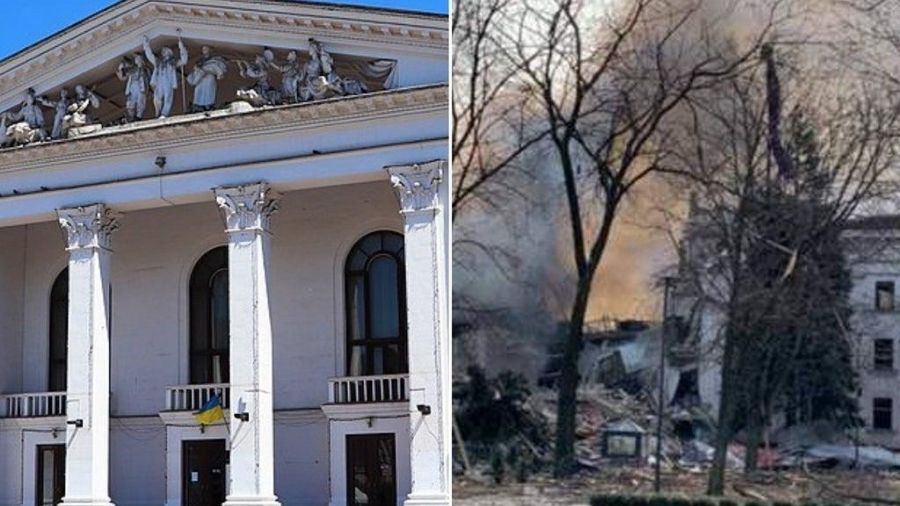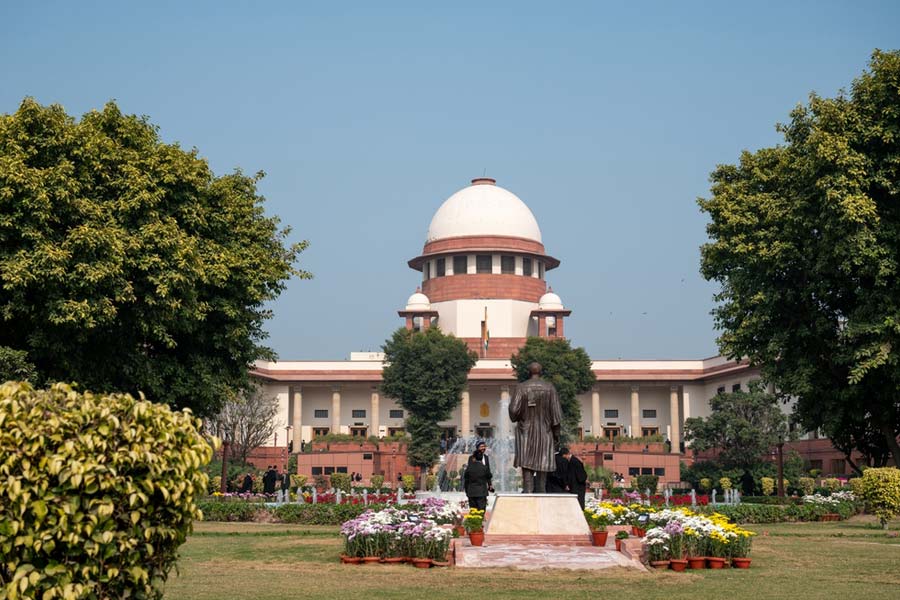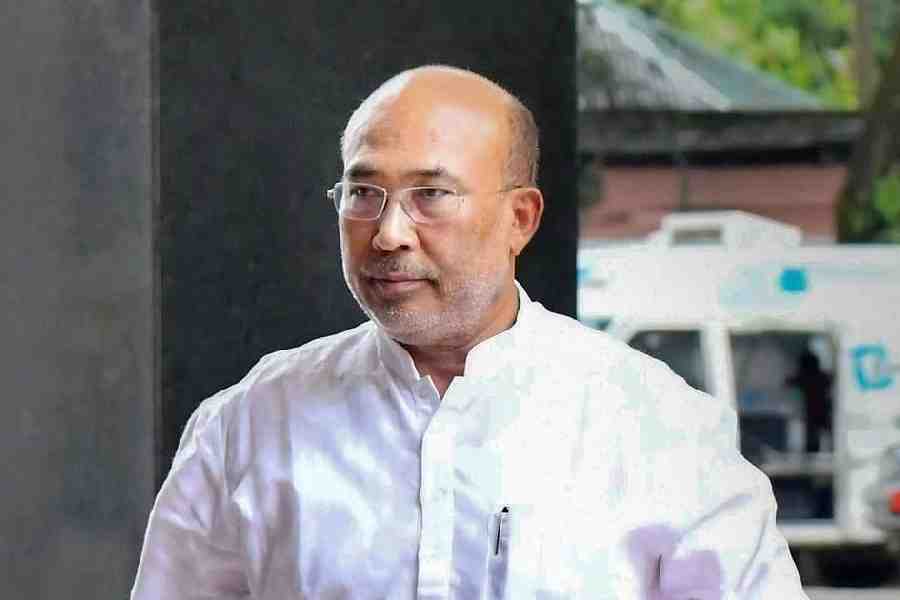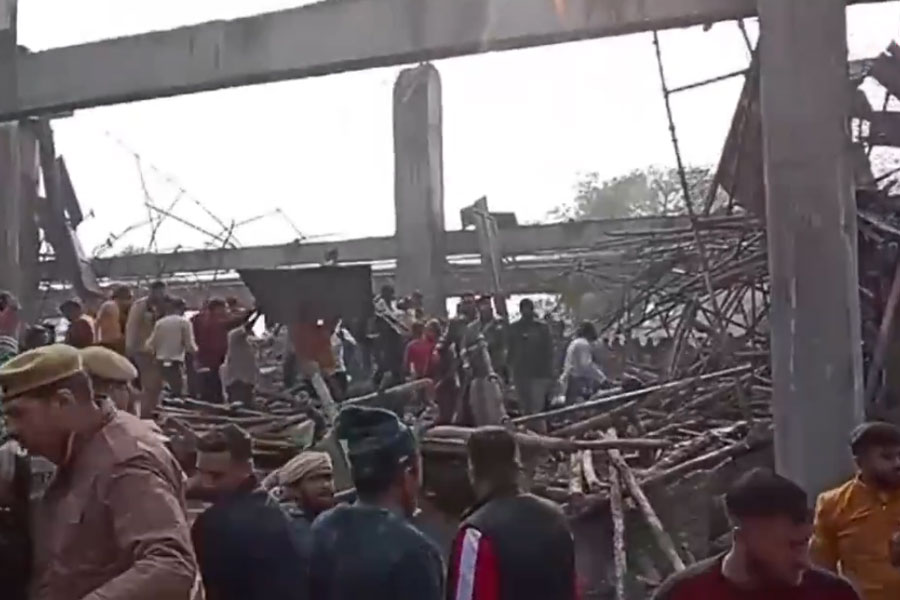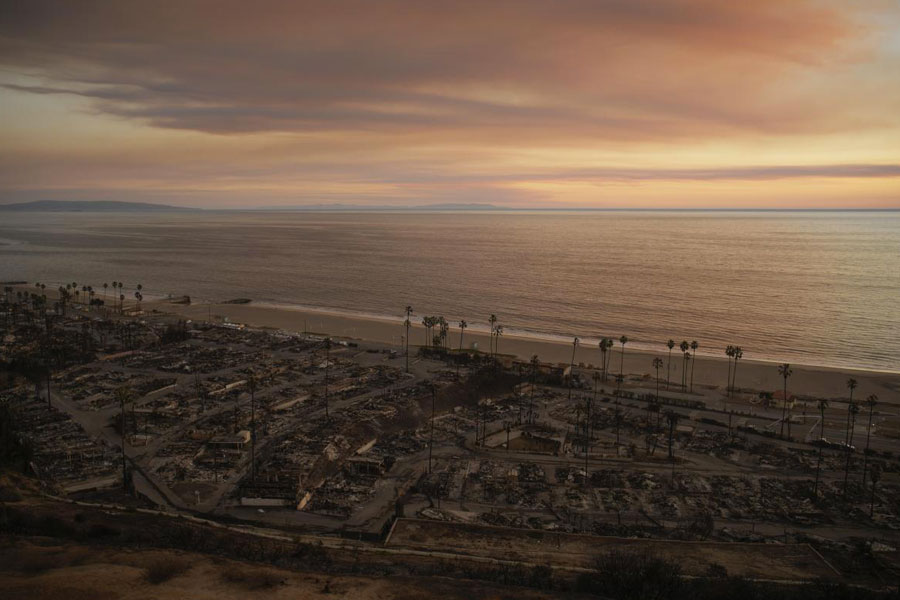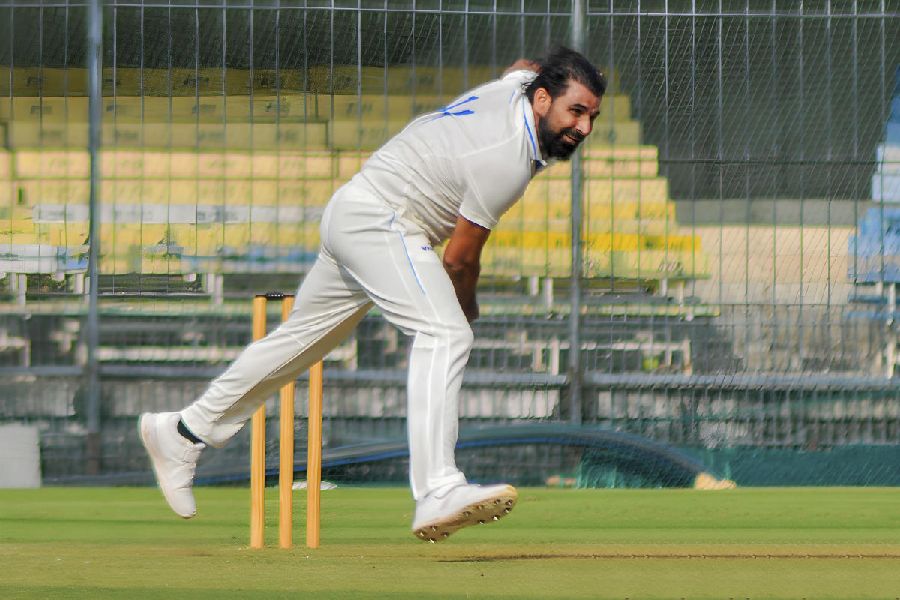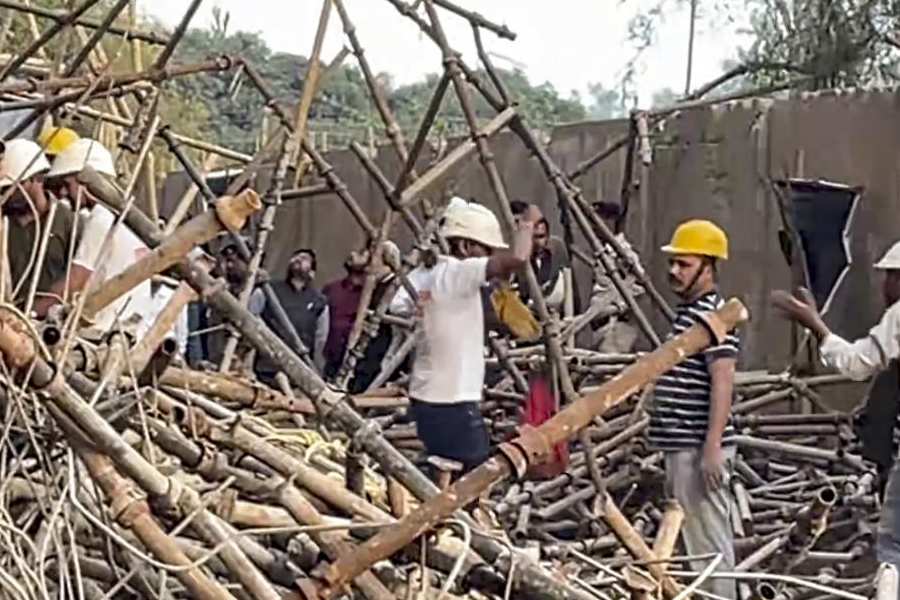Alongside the scenes of human suffering caused by five weeks of war, another scar has emerged: the leveling of Ukraine’s cultural heritage.
Churches, historic buildings and public squares across the country are being reduced to rubble by Russian rockets, missiles, bombs and gunfire, according to UNESCO’s World Heritage Committee. It has identified at least 53 Ukrainian historical sites, religious buildings and museums that have suffered damage during Russia’s invasion and said the damage is probably far more extensive given the continued assault.
“We are holding damage control meetings every day, and the list of damaged sites keeps growing,” said the agency’s director, Ernesto Ottone Ramírez. “We are very concerned about the situation, from a humanitarian point of view and for the protection of heritage. It is the heritage of humanity that is at risk.”
The agency worked with Ukraine’s government and Ukrainian cultural professionals to identify the sites, and confirmed damage using satellite imagery and witness accounts. More than a dozen of the damaged sites are in eastern Ukraine, an area of the country to which Russia this week said it was shifting its military focus.
Ukraine is home to seven World Heritage sites, and so far all of those designated sites are safe, according to the UNESCO list. But the agency fears that in the northeastern city of Chernihiv, which has been a target for Russian forces since the start of the invasion, fighting may have damaged the city’s historic center, which is on a “tentative” list for consideration as a World Heritage site.
Among the damaged sites across Ukraine are a history museum in Ivankiv, a town about 50 miles northwest of Kyiv, the capital, which housed more than 25 paintings by celebrated Ukrainian artist Maria Primachenko; and Babyn Yar Holocaust Memorial Center in Kyiv, where the Nazis massacred tens of thousands of Jews during World War II.
President Volodymyr Zelenskyy of Ukraine, who is Jewish, posted about that site’s history on Twitter shortly after a Russian attack near the site March 1, saying, “What is the point of saying ‘never again’ for 80 years, if the world stays silent when a bomb drops on the same site of Babyn Yar?”
Teams from museums and archives across the country have been racing to preserve what is left of Ukraine’s vast array of historic buildings, artworks and public squares.
In Lviv, which has its own entry on the UNESCO World Heritage list, residents have taken to the streets with plastic wrap and tape to protect and insulate statues. The city, in western Ukraine, was targeted by Russian missiles last week, upending its sense of security.
“We have been working on preserving the museum’s exhibits for more than a month now,” said Olha Honchar, director of the city’s Territory of Terror Museum, which memorializes the Lviv ghetto during Nazi occupation in World War II. “Putin wants to destroy not only our lands, cities and people, but also our cultural heritage. After all, Ukraine’s cultural heritage is part of our identity. It shows who we are.”
Ukraine’s ministry of cultural affairs said Friday that it had recorded 135 incidents in which Russian troops vandalized or destroyed elements of Ukraine’s cultural heritage.
The ministry has called on UNESCO to cancel the next session of the World Heritage Committee, which is scheduled to be held in June in Kazan, Russia, and move the session to Lviv.
“The Russian Federation, which cynically destroys everything in its path with its own hands, cannot be the organizer of the session and a participant in the organization!” the culture minister, Oleksandr Tkachenko, wrote to UNESCO in a plea posted to his account on the Telegram social media app.

